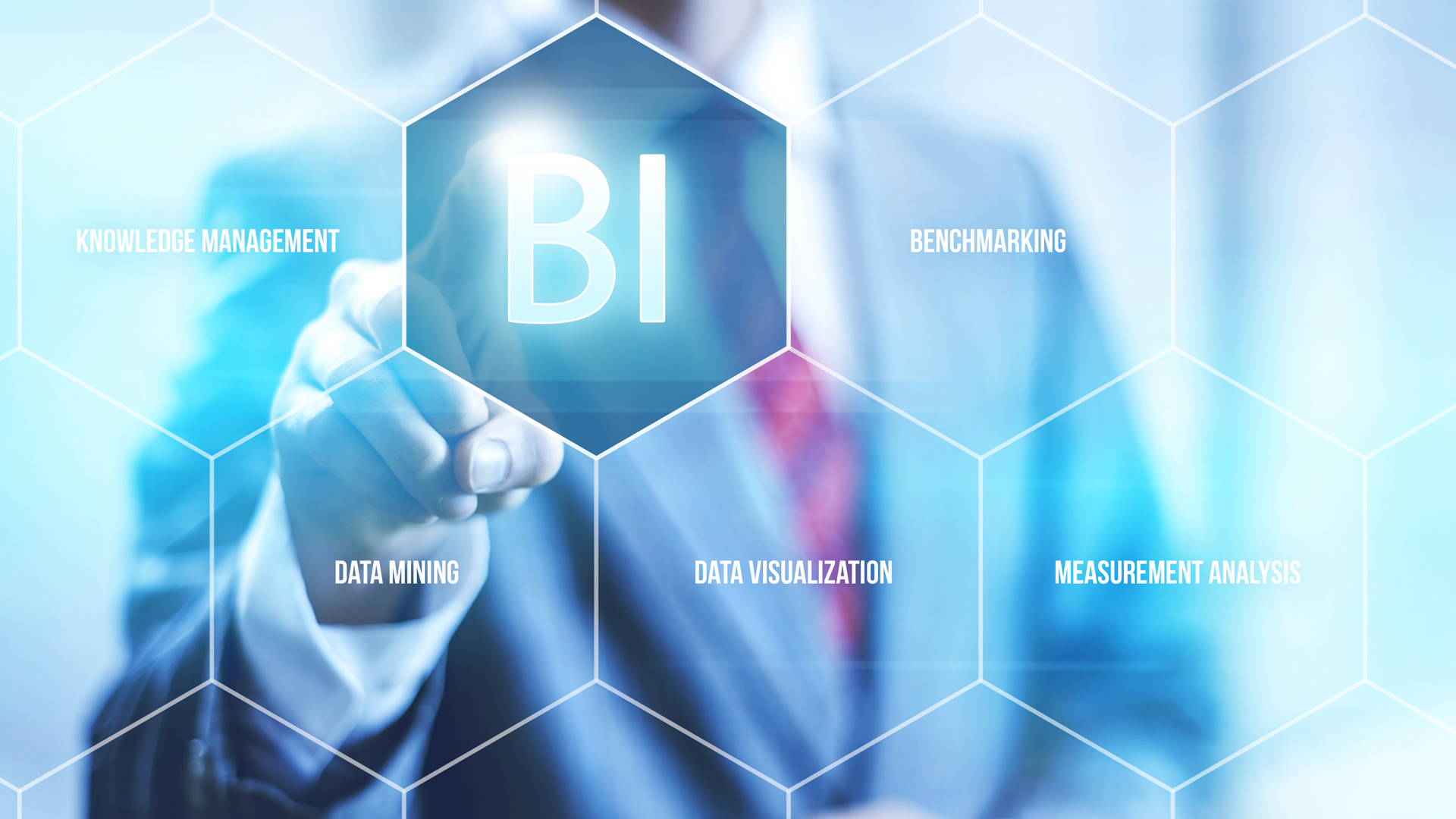Office 365 - how Microsoft is redefining cloud descriptions
Office 365, hybrid cloud and BI are phrases that don't always fit the conventional cloud model says Steve Cassidy

If you want a sharp dose of what it takes to participate in the modern-day cloud, then get yourself an invite to a webinar delivered by Microsoft and powered by Lync, its corporate conferencing app.
My most recent exposure was to take a look at PowerBI, its smart data analysis add-on for Office365.
In terms of the standard XaaS definition, Office365 is confusing: when you try to grab it according to this categorisation, because in fact it makes use of a class of cloud application which if anything, crosses the whole “…aaS” thing at a 90 degree right-angle. Metaphors start to strain badly, because something you thought could be made with a child’s coloured plastic building block kit, suddenly start to resemble one of the drawings of Maurits Escher, as we consider the category of hybrid cloud deployments. And pretty much everything Microsoft is describing these days, is all hybrid.
A hybrid cloud, for those already frowning in annoyance, is one in which you still have some equipment in your own network. All of Microsoft’s system designs for the cloud are built on an assumption – not to mention a revenue model – which says that no matter how attractive the whole purely-hosted concept might appear, businesses are going to move in that direction at their own pace, and in their own way.
So, admitting that hybrid is the way to go is the rational approach, especially if your track record with the majority of businesses is entirely on the desktop in front of them – something that certainly is true for most of Microsoft, and is doubly so for the Office software team.
So let’s get our hybrid thinking-caps on, and at the same time hark back to the days when people used to do actual work with their computers, instead of just using Facebook and gawking at 27 ways you can lose that stomach flab before the holidays.
My real work with computers included a half-decade stint inside a consulting firm whose speciality was unravelling those crazy tricks people can’t resist pulling with overcomplicated Excel Spreadsheets, so aside from my cloud and virtualisation chops, I do have a bit of relevant history to spice up the narrative here.
Get the ITPro daily newsletter
Sign up today and you will receive a free copy of our Future Focus 2025 report - the leading guidance on AI, cybersecurity and other IT challenges as per 700+ senior executives
Yes, Office 365 is a bit of a category-dodger when it comes to cloud. Yes, you can store your documents in a business authenticated cloud repository, and open your spreadsheets (confusingly at this level they are often called “models”) in a browser, which a lot of people think means that there’s no purpose to local firepower of any kind any more.
No, that’s not the only way you can store them, and no, it’s not even very much a recommended way to do it. In fact, if you look at the history of Office as a product and the way most people with real work to do use their spreadsheet program, then actually you might as well consider Office 365 to be a cloud app mostly in the way that it helps Microsoft track licensed users.
And BI? It’s not a declaration of sexual ambivalence, it’s an abbreviation for “business intelligence” – the kind of thinking about and probing through figures that helps a manager to make a decision or unearth a hidden cause of profit, or loss, within their business.
Back in the world of hardcore spreadsheet modelling, the promise of BI was at one and the same time, distant and implicit, because the way you glued your numbers together could have three possible outcomes: you could hide an effect, you could amplify it out of proportion, or you could produce a model which made it simply impossible to consider the data from the desired perspective.
This is the world of some of the more intriguing publications of recent history, including Edward R Tufte’s “Visual Display of Quantitative information” (Vital read but tough going) and Dilnot & Blastland’s “The Tiger That Isn’t” (accessible but leaves you to do the donkey work of putting the ideas into practical use): books to make you think carefully about how you comprehend, and then present, information.
I guess I should say that the now-inescapable Microsoft Powerpoint slide show part of the Lync conference call was one of the better ones I’ve seen, which given that BI is all about getting the point across from a storm of data, is just as well really. We saw cool animated time-series charts, and even fairly easily realised rule-based triggers.
It lives a bit more in the cloud than you might expect given Excel’s appetite for compute power and long term history. After all, one of the most frequent scenarios in which people rush back and ask hard questions of their corporate data repository is when they are in some kind of business continuity fug - internet connectivity can be the first thing to suffer when the going gets genuinely tough.
The Q&A session at the end went in a direction I wasn’t expecting at all, after the demo strayed over to concepts like picking up data feeds, for inclusion in a PowerBI Decision Support model, from semi-public or indeed entirely private, subscription-only data feeds for share prices, market data, even the weather.
Looking at this stuff clearly set the journalists thinking, and this is where various differing comprehensions of what “hybrid cloud” means started to derail the meeting. The classic question was “OK, so I have an incoming data feed from the stock market. Can I get a notification from the cloud when my shares exceed a trigger value?”
To which the answer seemed to be a politely exasperated “no”. Office 365 stores your stuff in the cloud, and lets you display it on a variety of devices. What it doesn’t do is provide you with an entire 24/7 personal virtual machine.
Of course, by using other parts of the Microsoft cloud product continuum, you could get yourself there – but I suspect that someone would, sooner or later, ask why you were trying to do with a spreadsheet what they might expect you to do more easily and traceably with Visual Studio.
Of course, people have been using the wrong tools for the job ever since computers were invented, but this could be a great opportunity for Azure – “naturally sir, of course you can have a permanently live Windows machine loaded with a 365 spreadsheet! Costs about $170 a month, sir…” In fact, I cannot shake off the feeling that while describing the mix of features, running environments, scalability and storage choices, Microsoft
-
 Cleo attack victim list grows as Hertz confirms customer data stolen
Cleo attack victim list grows as Hertz confirms customer data stolenNews Hertz has confirmed it suffered a data breach as a result of the Cleo zero-day vulnerability in late 2024, with the car rental giant warning that customer data was stolen.
By Ross Kelly
-
 Lateral moves in tech: Why leaders should support employee mobility
Lateral moves in tech: Why leaders should support employee mobilityIn-depth Encouraging staff to switch roles can have long-term benefits for skills in the tech sector
By Keri Allan